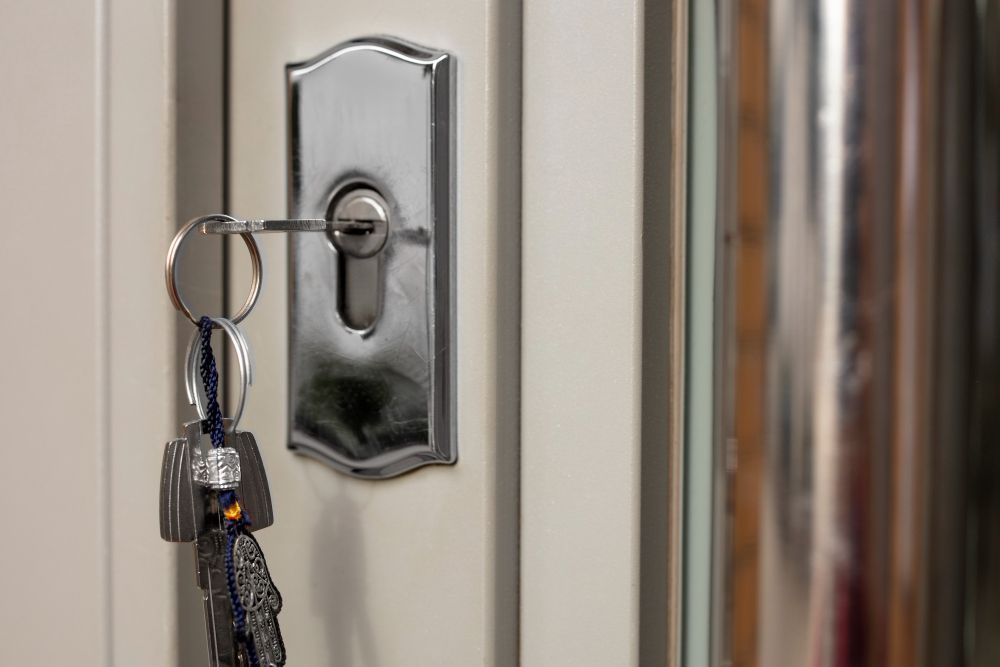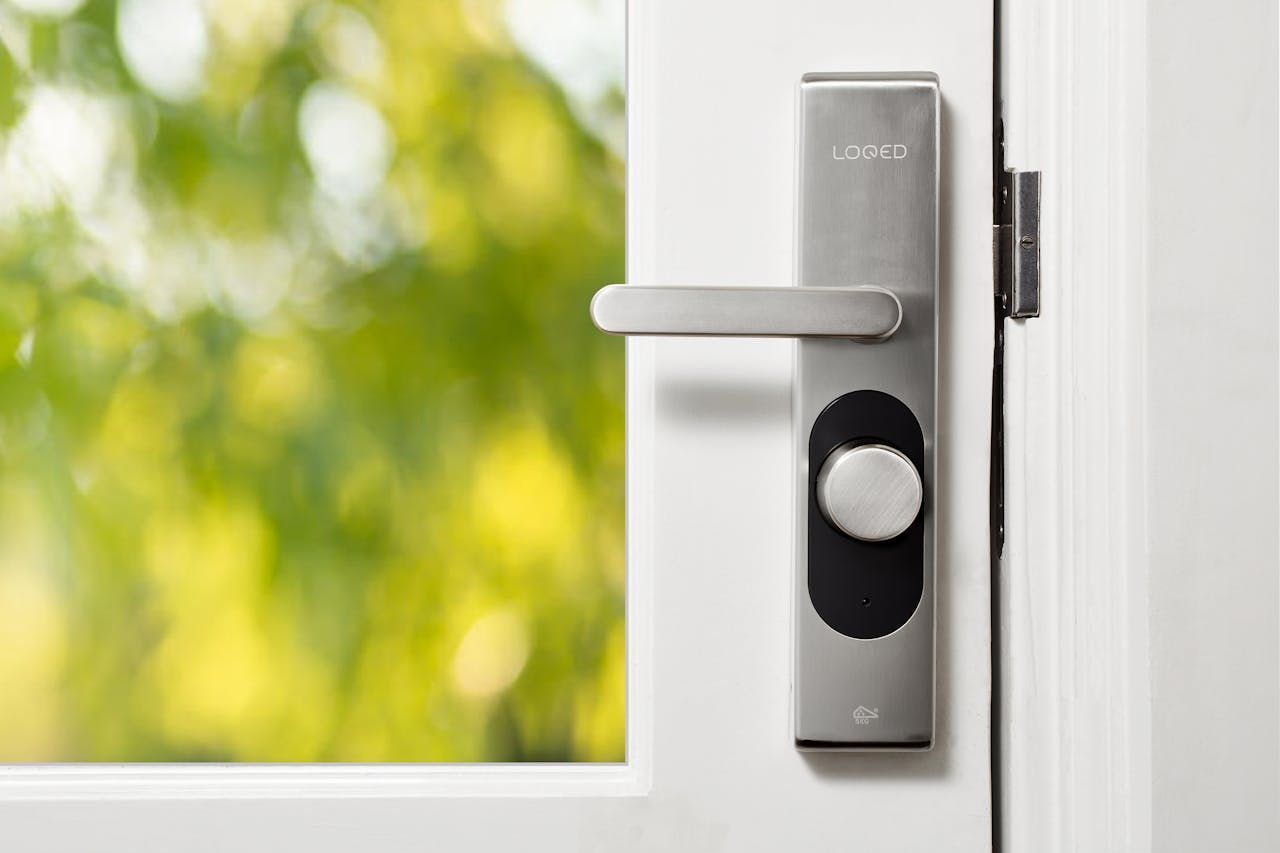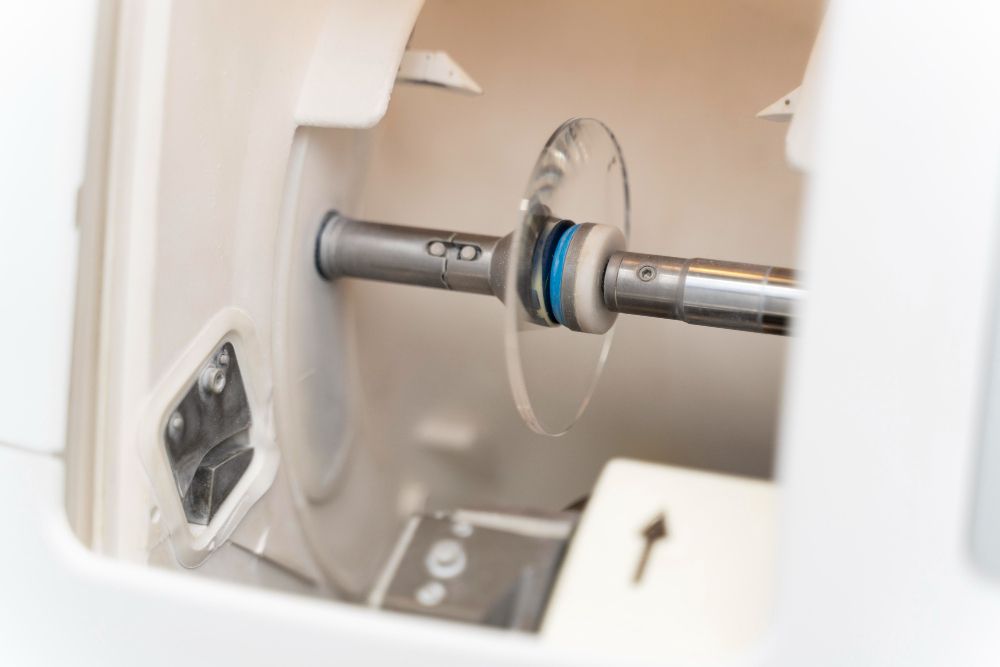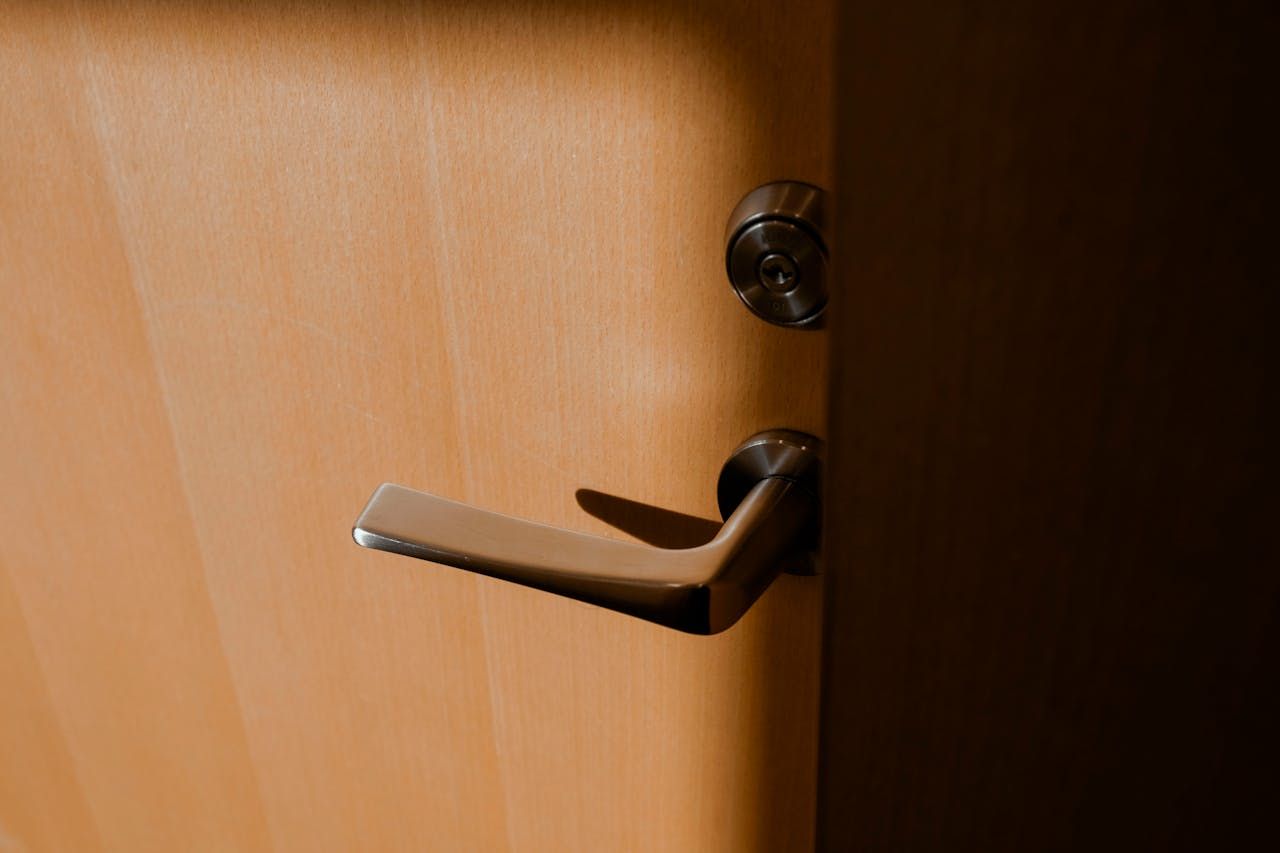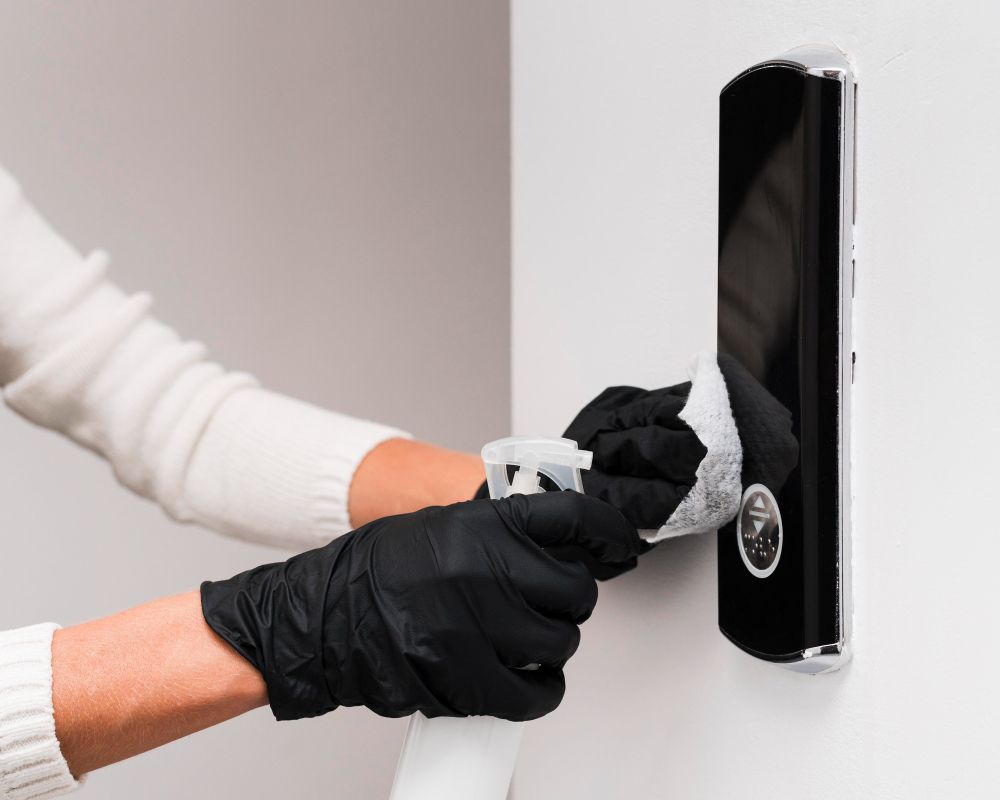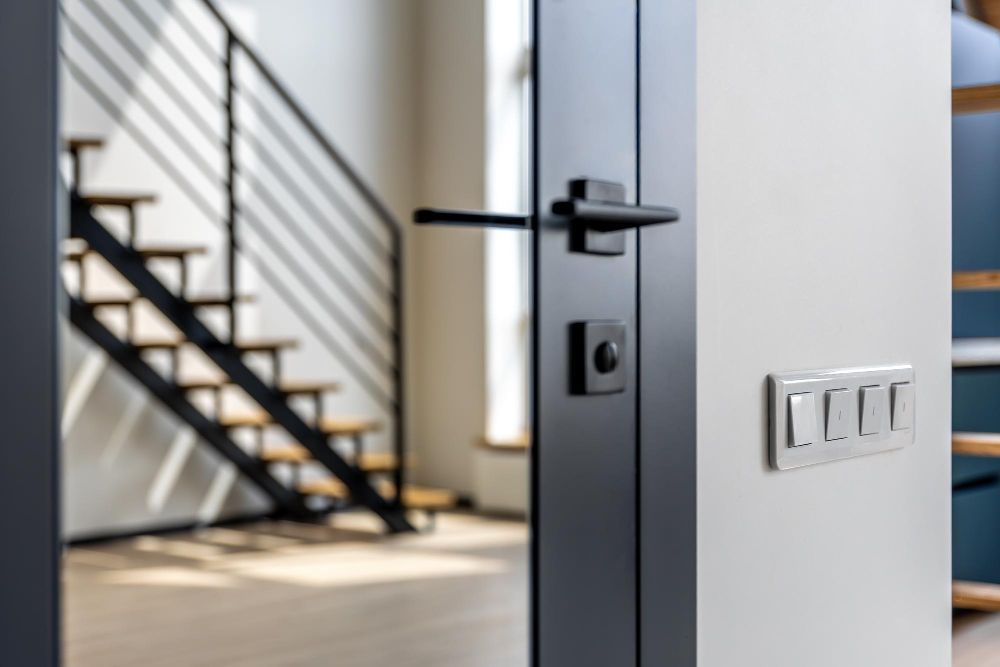Common Lock Damage After Forced Entry and How Locksmiths Repair Them
November 20, 2025
When a Break-In Leaves More Than Just a Broken Lock
Discovering signs of a break-in or forced entry is one of the most unsettling experiences for any homeowner. Beyond the shock and stress, you’re left with visible damage—splintered door frames, bent deadbolts, or locks that no longer latch properly.
In Murray, UT, where both older and newer homes coexist, forced-entry damage can affect a wide variety of locks, from traditional deadbolts to modern smart systems. Fortunately, skilled locksmiths can often repair or restore your locks without needing full replacement—helping you secure your home again quickly and affordably.
This guide explores the most common types of lock damage caused during break-ins, what a professional locksmith does to fix them, and when replacement may still be necessary.
The Most Common Types of Lock Damage After Forced Entry
When burglars attempt to break into a property, they typically target the weakest point—the door hardware. Here’s what locksmiths in Murray most often see after such incidents.
1. Bent or Broken Deadbolts
A forced entry often involves heavy tools like crowbars or even battering rams. The result?
- Warped or snapped bolt mechanisms that can no longer extend properly.
- Broken strike plates where the latch engages with the frame.
- Misaligned bolt holes, causing the lock to jam.
A locksmith can often replace or realign the bolt assembly without replacing the entire door.
2. Damaged Lock Cylinders
Burglars sometimes try to pick or drill the cylinder directly. This can destroy the internal pins or shear off parts of the keyway. Signs include:
- The key no longer turns or gets stuck halfway.
- The cylinder spins freely without engaging.
- Visible metal shavings or drill marks around the keyhole.
Locksmiths can re-core or rekey the cylinder if the damage is limited—or install a new one with a reinforced anti-drill plate.
3. Splintered Door Frames and Strike Plates
Even the strongest lock can’t protect against a weak frame. If the wood or metal around your strike plate has split, the door loses its anchoring strength. Locksmiths typically:
- Replace damaged strike plates with
heavy-duty or reinforced models.
- Install
longer screws and deep-set bolts to anchor into the door stud.
- Recommend
door jamb reinforcement kits for better protection moving forward.
4. Warped or Misaligned Doors
Sometimes the door itself becomes misaligned due to impact. When this happens, locks won’t latch even if they’re mechanically sound. A locksmith can:
- Realign hinges and adjust strike plate placement.
- Use shims or replace hardware to correct the fit.
- Test the latch movement to ensure smooth engagement.
5. Damaged Smart Locks or Electronic Systems
If your smart lock was forced open, the problem may go beyond the physical latch. Impact or tampering can damage internal sensors, keypads, or Wi-Fi modules. Locksmiths with smart lock experience can:
- Diagnose electronic failures.
- Reset or reprogram digital locks.
- Replace damaged faceplates or internal batteries.
How Locksmiths Repair Forced-Entry Damage
Once a locksmith arrives, their first task is to assess the full scope of the damage—not just the lock itself, but the entire door system.
Step 1: On-Site Evaluation
They inspect the lock cylinder, latch, frame, and hinges to identify all compromised parts. Often, visible damage is only part of the problem; internal components may have shifted or bent.
Step 2: Securing the Area
Before repairs begin, the locksmith ensures your property is secure. This might include temporary rekeying or board-up assistance if the door can’t be immediately repaired.
Step 3: Lock and Hardware Repair
Depending on the damage, repairs might include:
- Replacing the cylinder or rekeying existing locks.
- Installing
anti-pick and anti-drill upgrades.
- Reinforcing strike plates and adding longer screws for deeper anchoring.
- Adjusting door alignment to restore latch engagement.
Step 4: Optional Upgrades for Future Protection
Most locksmiths in Murray recommend upgrading to ANSI Grade 1 locks or smart locks with tamper alerts after a break-in. They can also install deadbolt protectors or door armor kits for long-term security.
When Replacement Becomes Necessary
While many locks can be repaired, some situations require a full replacement for safety and reliability. Replacement is recommended when:
- The
lock housing is cracked or drilled through.
- The
entire mechanism is compromised, including the latch or bolt assembly.
- The lock’s security grade no longer meets insurance or safety standards.
- You want to
upgrade to smart or keyless systems for better protection.
In these cases, a locksmith ensures proper fitment and installation—critical for preventing future vulnerabilities.
FAQs About Forced Entry and Lock Repairs
Can a locksmith fix a door after a break-in?
Yes. Locksmiths can repair locks, reinforce strike plates, and often fix door alignment issues. Severe structural damage may require a carpenter, but locksmiths handle most hardware-related repairs.
Should I replace all my locks after a break-in?
If only one lock was damaged, you can often repair or rekey it. However, many homeowners choose to rekey or replace all locks for peace of mind.
Are high-security locks worth installing afterward?
Absolutely. High-security locks use hardened steel components and restricted keyways, making forced entry much more difficult.
How long does a lock repair take?
Most on-site repairs take 30–90 minutes, depending on the severity of the damage.
Will my insurance cover locksmith repairs?
Many home insurance policies cover locksmith repairs after a break-in. Always document the damage and obtain an itemized invoice.
Restoring Security After a Break-In
A break-in is more than just property damage—it’s a violation of safety and trust. Repairing or upgrading your locks isn’t just about function; it’s about regaining peace of mind.
For homeowners in
Murray, UT, a
professional locksmith can make that process faster and easier—restoring security, reinforcing entry points, and helping prevent future incidents. Whether it’s a simple cylinder repair or a full door reinforcement, calling a local expert ensures your home is truly secure again.
